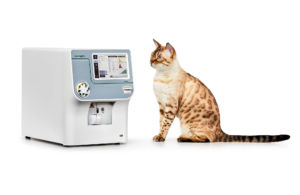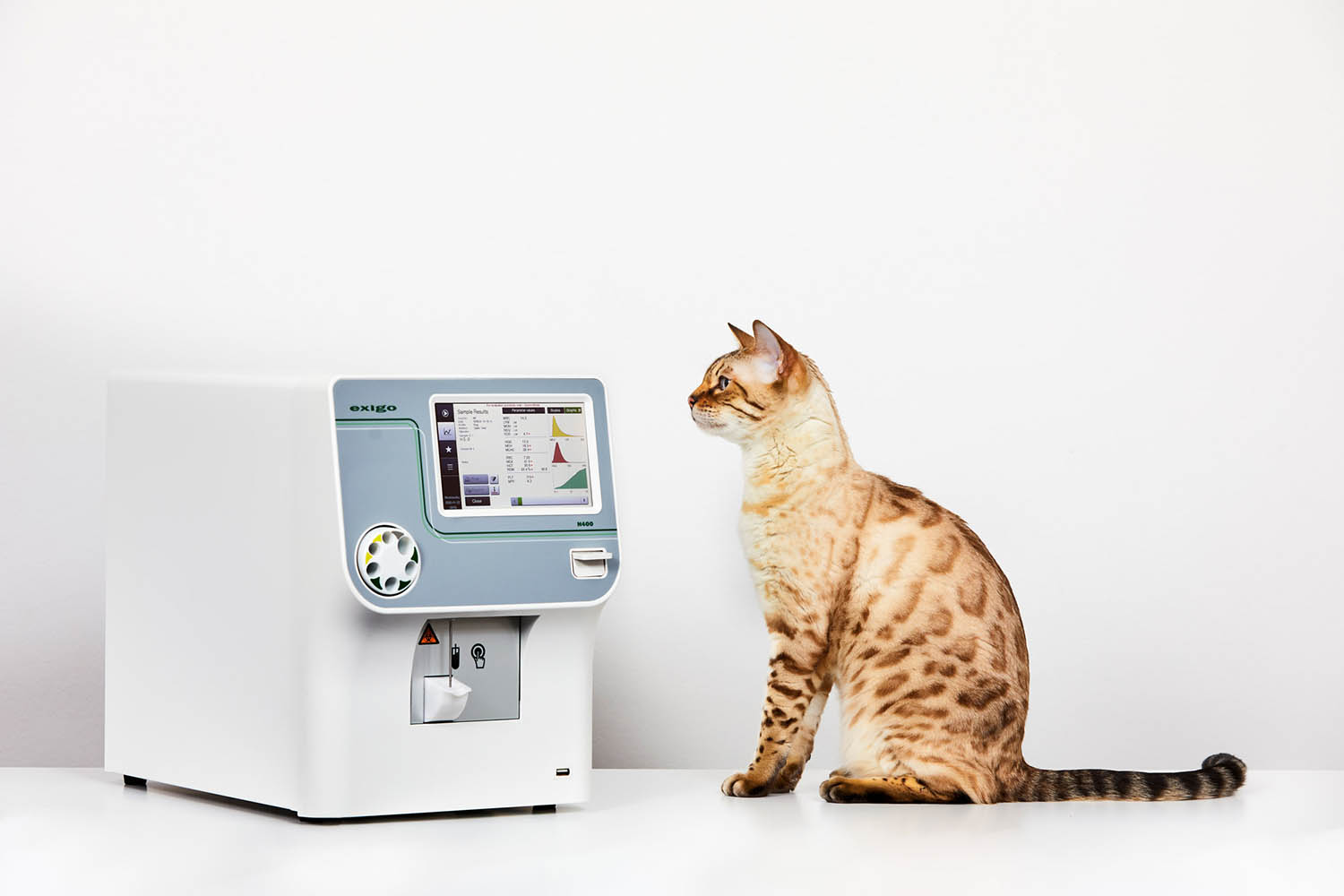Anemia investigation in cats using RBC indices
Anemia is frequently diagnosed in cats, and red blood cell (RBC) indices can be useful for investigating the cause of feline anemia. New study shows laboratory findings in different types of feline anemia.
Common causes of anemia
Anemia is defined as a too low oxygen-carrying capacity of the RBCs (erythrocytes) and diagnosed by a lower than usual hemoglobin (HGB) concentration (1). Typical symptoms of anemia in cats can be pale or white gums, loss of appetite, and dullness (lethargy). Anemia can be a chronic or an inherited disorder or caused by a nutrient deficiency, an infectious or inflammatory disease, or by loss of blood. The cause can be insufficient production of the hemoglobin-carrying RBCs or by a faster destruction of the RBCs than they can be produced. The condition can be temporary or a long-term problem.
Insufficient production of RBCs can be caused by a vitamin B12 deficiency due to insufficient intake, increased consumption, or impaired uptake. Vitamin B12 is an important cofactor for normal RBC proliferation and maturation and a deficiency can result in a defect DNA synthesis, resulting in larger than normal, oval-shaped RBCs (macro-ovalocytes). This type of anemia is characterized by normochromic (HGB within reference range) or hypochromic (HGB below reference range), macrocytic (large) RBCs.
In case of defective HGB synthesis, the RBCs become smaller (microcytic). Iron is an important component for the oxygen-carrying capacity of hemoglobin and a deficiency is a common cause of defective HGB synthesis. Iron deficiency can occur in case of blood loss or be due to insufficient iron intake, increased consumption, or impaired uptake. This type of anemia is characterized by unevenly small RBCs with an increased HGB content. Typical laboratory findings are a decreased mean cell volume (MCV), an increased anisocytosis, that is, an increased RBC distribution width (RDW), and an increased mean cell HGB concentration (MCHC).
Analysis of RBC indices in anemic cats
Nurul Hidayah and coworkers at West Sumatra Veterinary Hospital in Indonesia studied RBC indices in anemic cat patients using the Exigo H400 veterinary hematology system (2). Their findings are summarized in Table 1. Based on the results, they concluded that identifying the type of anemia helps determine the cause and appropriate therapy for further treatment of the patients.
Table 1. Laboratory findings and possible cause of anemia in cat patients

Robust hematology analysis – when quality counts
Exigo H400 is an automated veterinary hematology analyzer tailored to various-sized laboratories and veterinary hospitals (Fig 1). Robust equipment design helps ensure instrument uptime, which is especially important when used in remote regions where service can be at a far distance. The analyzer employs well-proven and robust measurement technologies. The results from a complete blood count (CBC), including a 3- or 4-part leukocyte differential count, is presented in about one minute. The sample analysis software displays information messages related to pathology that might be present in the sample. The sample pathology information includes a short message, defining the sample abnormality followed by recommendations for that sample.

